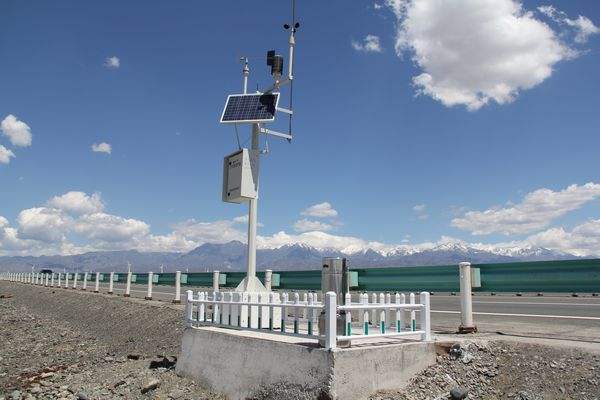Good wind resource measurements are essential to the success of almost any wind project of a significant size. They play several important roles.
First, and most obviously, wind measurements provide the inputs needed for accurately estimating the plant’s energy production. This is a concern of all project stakeholders, including developers, investors, lenders, and power companies. Even consumers have an interest, as they may be affected by rising costs or power interruptions if projects do not perform as expected. The potential impacts of inaccurate resource assessment are especially acute in areas, like some islands, with constrained electrical systems.
Second, they affect the design of the wind project, including such fundamental aspects as the placement of the turbines and the selection of a suitable turbine model. For example, the directional distribution of the wind resource affects the optimal layout of turbines to minimise interference – the so-called wake effect – between them. Also, the speed distribution, turbulence characteristics, and other aspects of the resource determine the turbine suitability class, which is considered by the manufacturer in deciding whether to warrant a particular turbine model for the site. No lender or investor will finance a project without the manufacturer’s warranty that it will operate reliably.

Beyond these direct benefits, a high-quality wind resource measurement programme can ease many hurdles in the wind plant development process by reducing the project’s perceived risk, as well as encourage interest in the project from governmental and utility partners, developers, and local communities. While the process is not without costs and challenges, it is a rare wind project that would not benefit from appropriate investment in good resource measurements. Finally, monitoring systems deployed during resource assessment campaigns and kept in operation can provide valuable wind and weather information during and after project installation. The data from these stations can support project construction and power forecasting, as well as performance assessments and operations and maintenance efforts.
